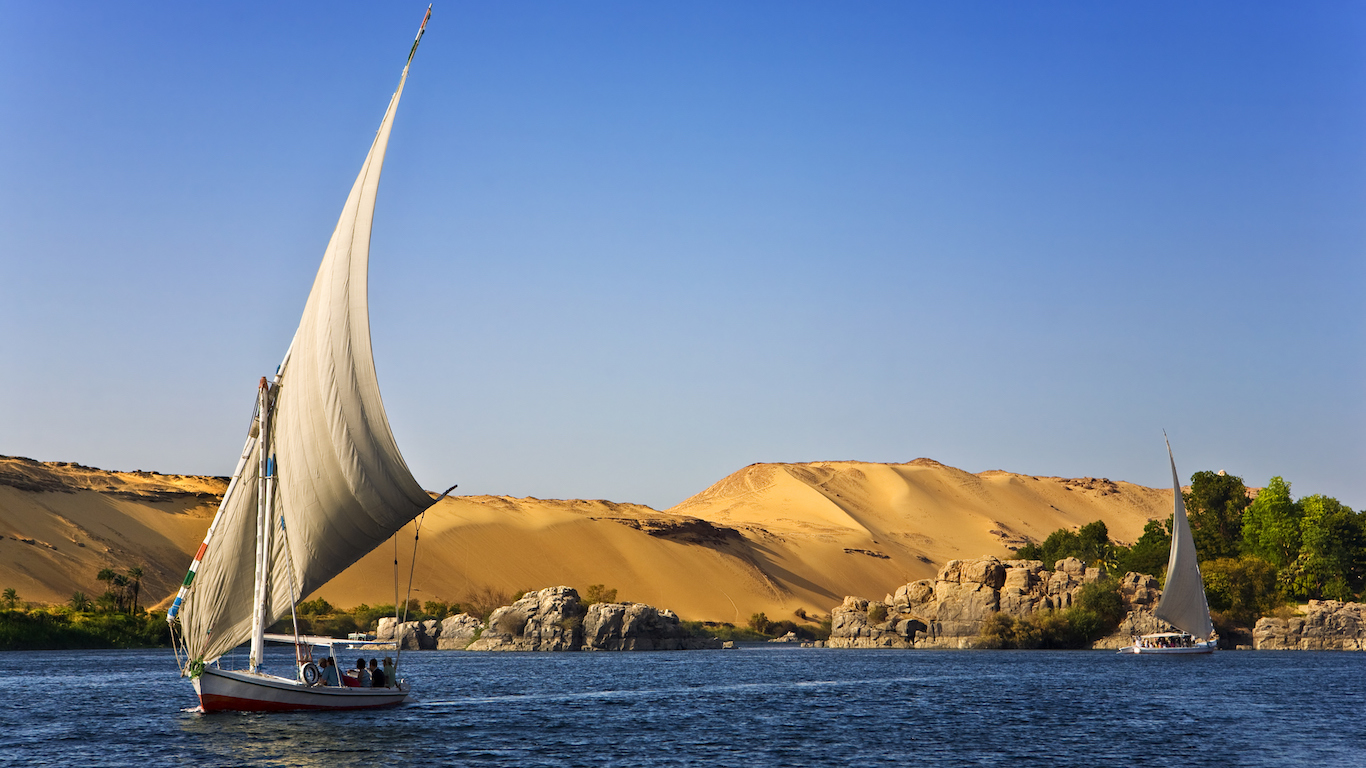
Rivers — a major source of water and food, as well as a means of transport, hydropower, waste disposal, and political boundaries — have been integral in the development of human civilization, and continue to play a fundamental role in modern economic and cultural life.
Due to off-gassing from contaminants such as fertilizers and human waste, rivers and streams are now also a major source of greenhouse gas emissions. Accurate documentation of the world’s water features — their location, speed of flow, and overall size — is important in the study of climate change and the Earth’s biological processes.
The exact number, size, and overall length of the world’s rivers, however, is difficult to determine. The definition of where a river starts — its source — and where it ends — its mouth — can depend on varying approaches to river topography as well as regional differences in naming and classification. According to a study published in June 2018 by NASA-funded researchers Dr. Tamlin Pavelsky and Dr. George Allen, the global surface area covered by rivers and streams is 44% greater than previous studies had estimated.
To identify the longest rivers in the world, 24/7 Wall St. reviewed various expert sources, primarily the Encyclopædia Britannica. Length was generally defined as the distance from a river’s source to its mouth or confluence with another major river.
Click here to see the full list of the widest and longest rivers.
Click here to see our detailed findings and methodology.

40. Salween River
> Length: 1,500 miles
> Source: T’ang-ku-la Mountains, Tibet
> Outflow: Andaman Sea
[in-text-ad]
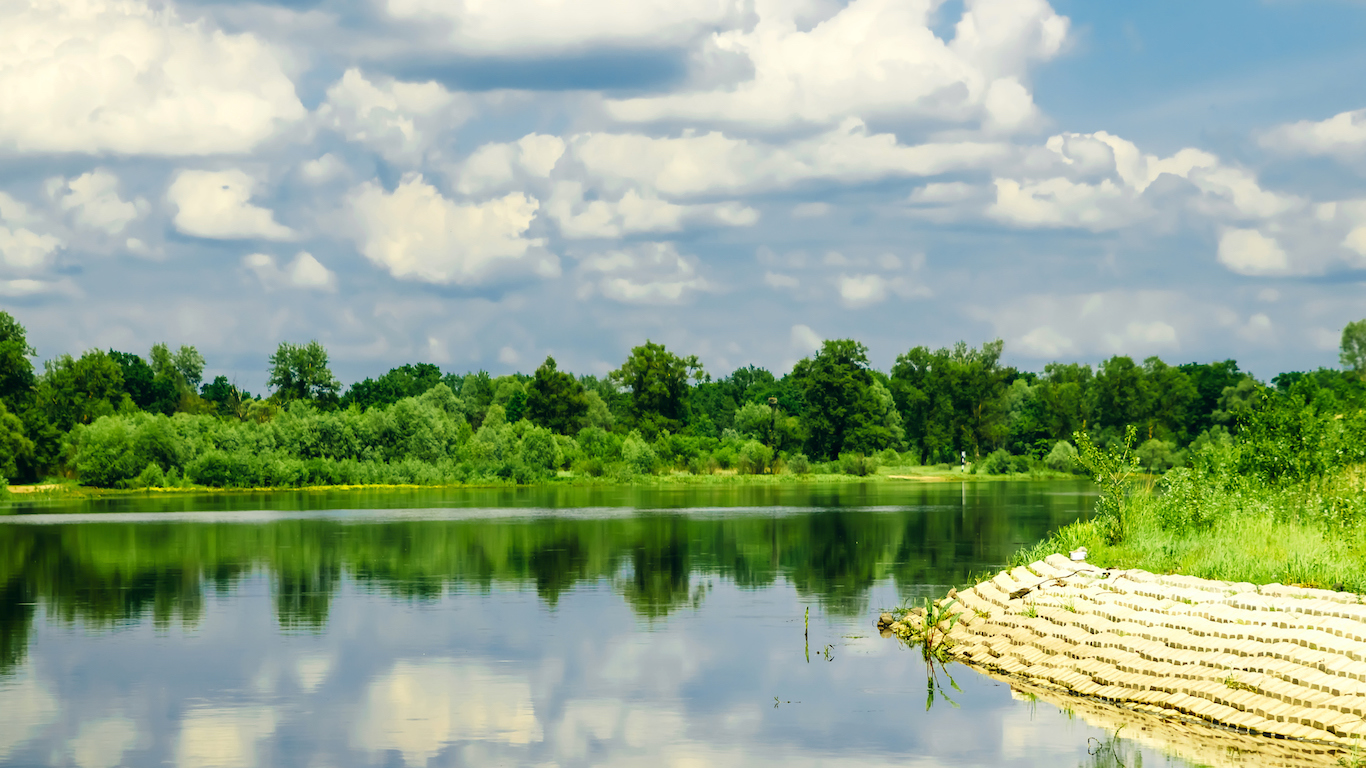
39. Ural River
> Length: 1,509 miles
> Source: Ural Mountains, Russia
> Outflow: Caspian Sea

38. Ishim River
> Length: 1,522 miles
> Source: Niyaz Hills, Kazakhstan
> Outflow: Irtysh River, Russia

37. Pilcomayo River
> Length: 1,550 miles
> Source: Andes Mountains, Bolivia
> Outflow: Paraguay River, Paraguay
[in-text-ad-2]

36. Ganges River
> Length: 1,560 miles
> Source: Himalayan Mountains, India
> Outflow: Bay of Bengal
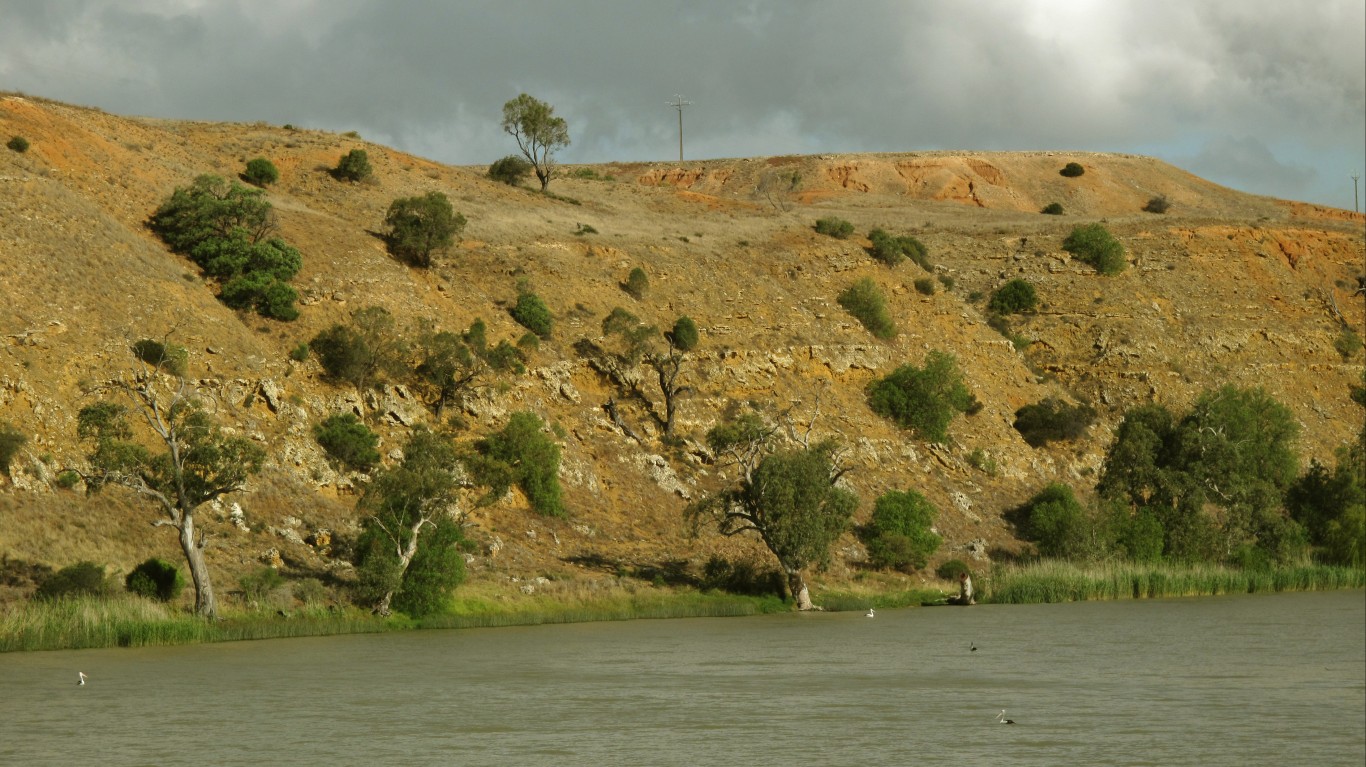
35. Murray River
> Length: 1,570 miles
> Source: Snowy Mountains, Australia
> Outflow: Indian Ocean
[in-text-ad]
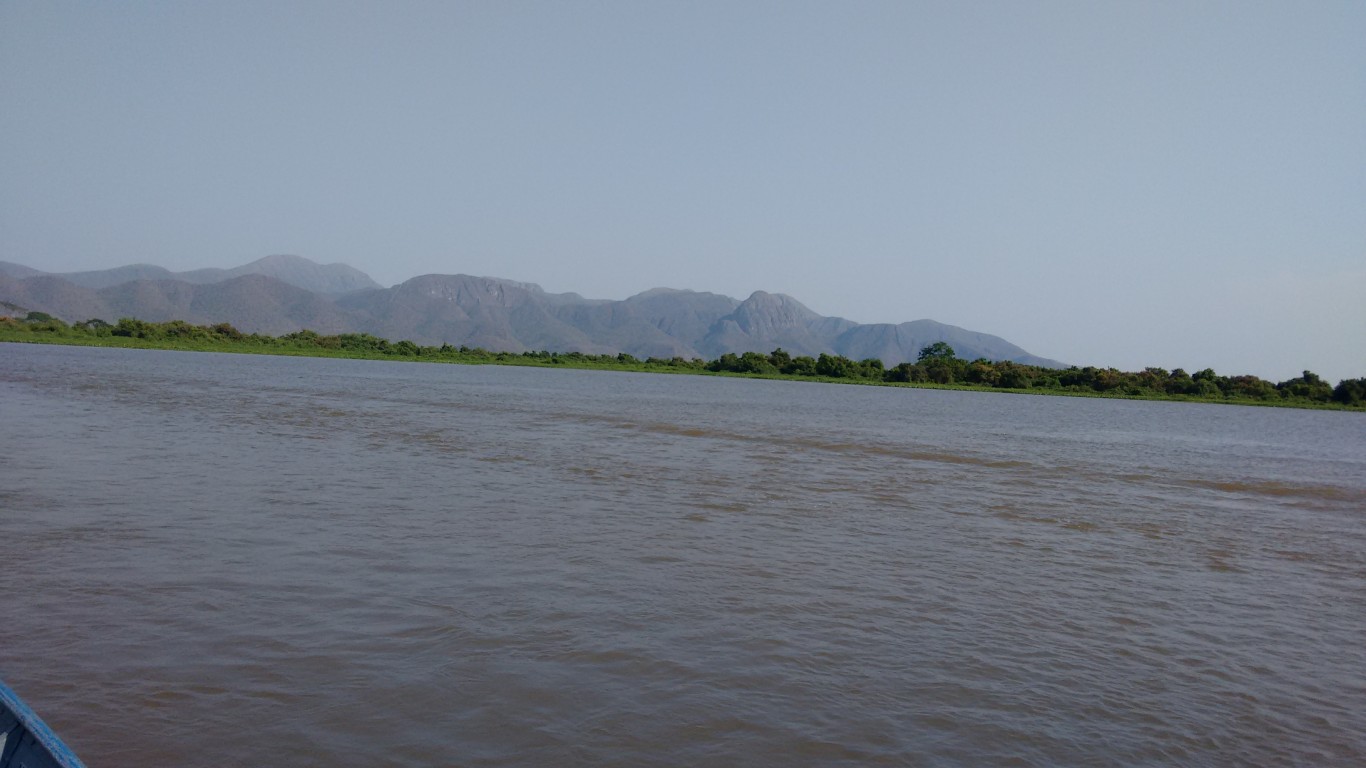
34. Paraguay River
> Length: 1,584 miles
> Source: Mato Grosso, Brazil
> Outflow: Paraná River, Paraguay
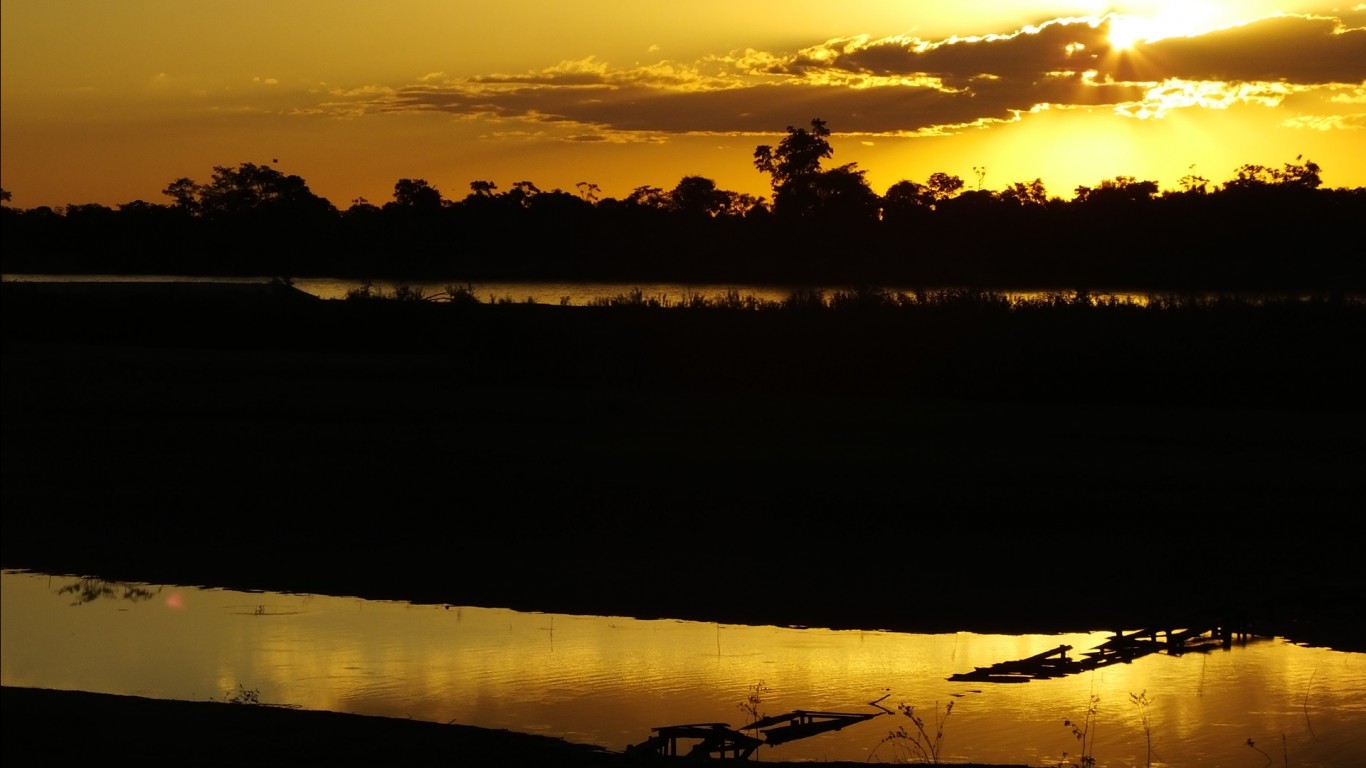
33. Araguaia River
> Length: 1,632 miles
> Source: Brazilian Highlands, Brazil
> Outflow: Tocantins River, Brazil
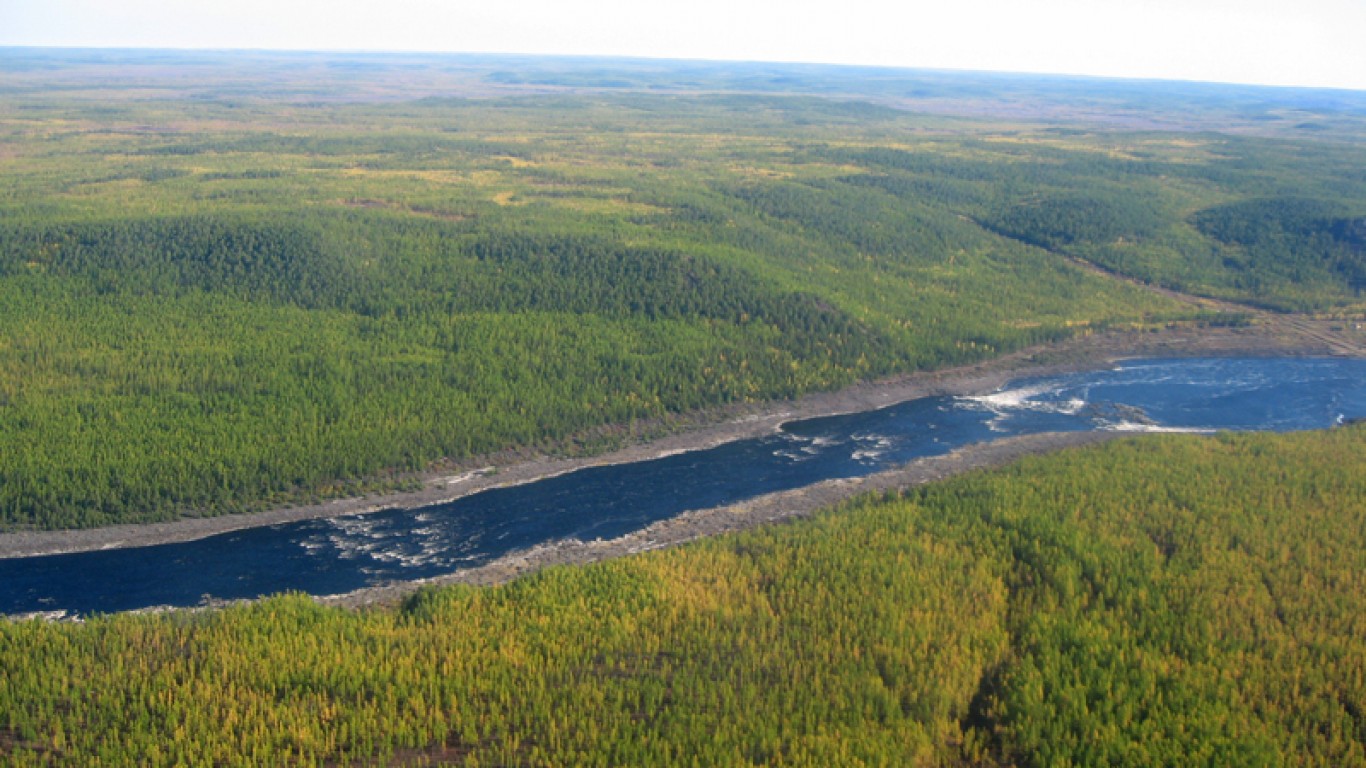
32. Vilyuy River
> Length: 1,647 miles
> Source: Central Siberian Plateau, Russia
> Outflow: Laptev Sea
[in-text-ad-2]
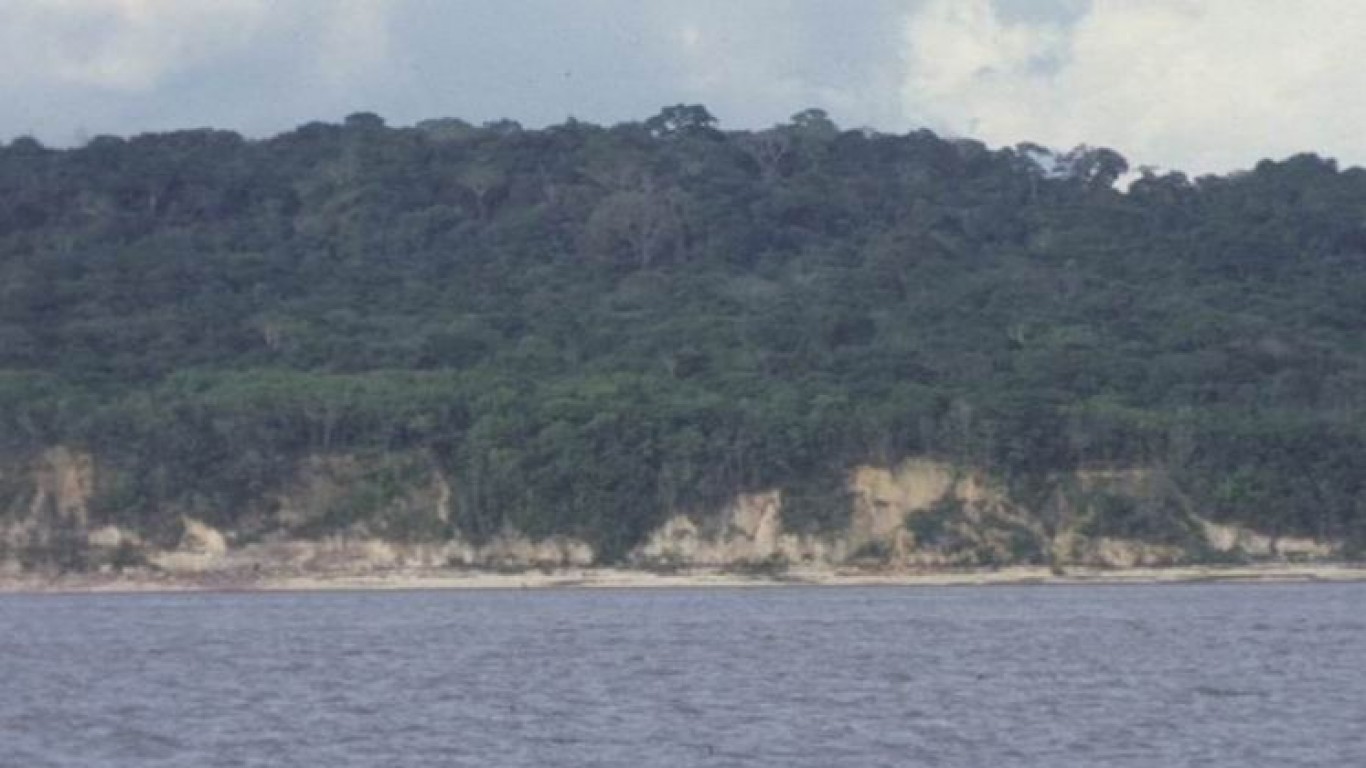
31. Tocantins River
> Length: 1,677 miles
> Source: Goiás, Brazil
> Outflow: Atlantic Ocean, Brazil
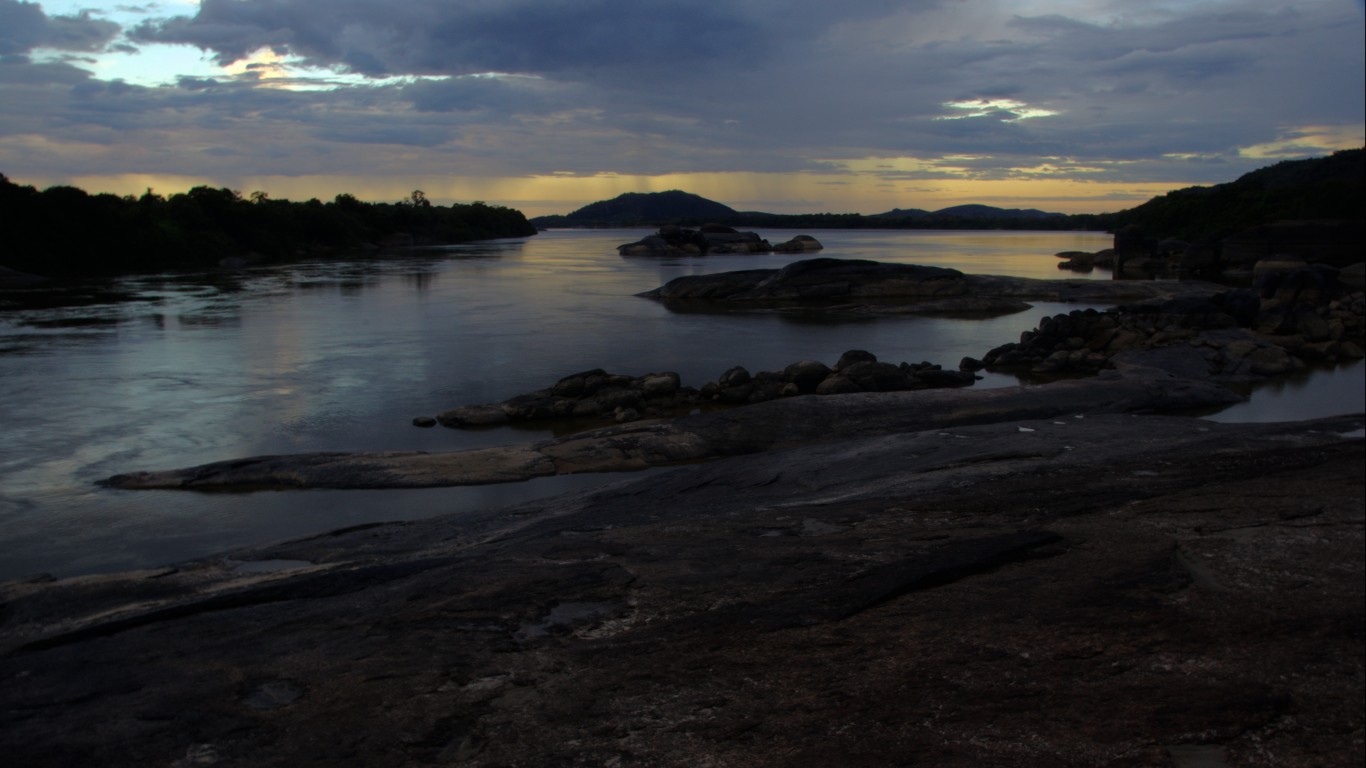
30. Orinoco River
> Length: 1,700 miles
> Source: Guiana Highlands, Venezuela
> Outflow: Atlantic Ocean, Venezuela
[in-text-ad]
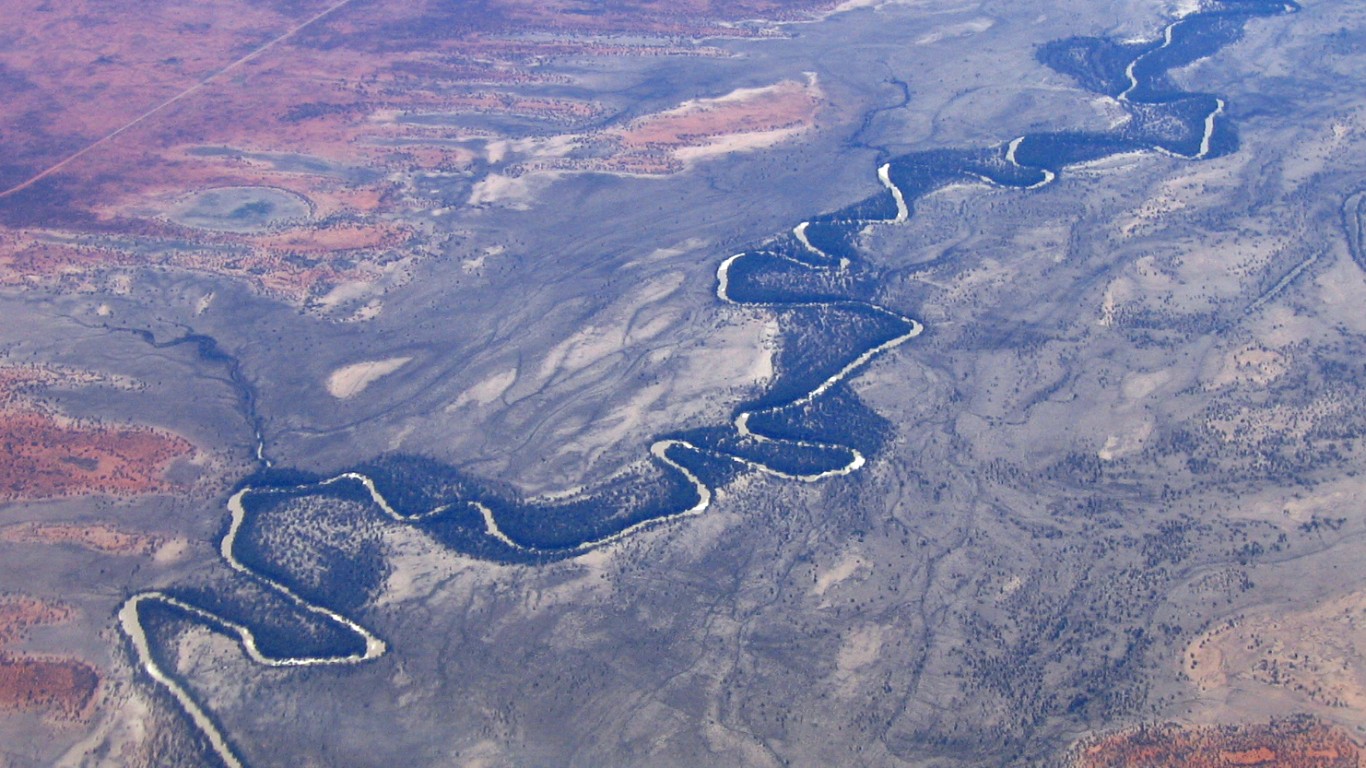
29. Darling River
> Length: 1,702 miles
> Source: Severn River, Australia
> Outflow: Murray River, New South Wales, Australia

28. Euphrates River
> Length: 1,740 miles
> Source: Karasu and Murat rivers, Turkey
> Outflow: Persian Gulf
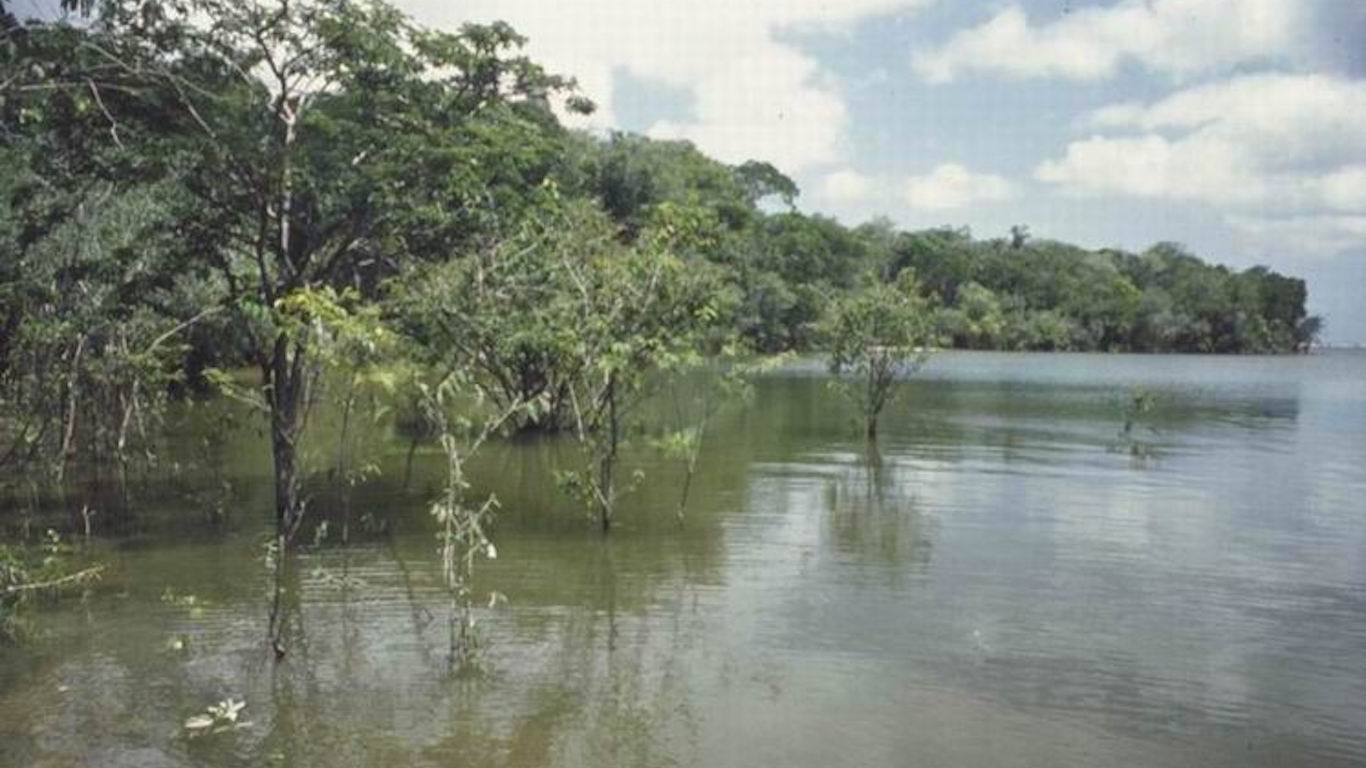
27. Japurá River
> Length: 1,750 miles
> Source: Caquetá River, Colombia
> Outflow: Solimões River, northern Brazil
[in-text-ad-2]
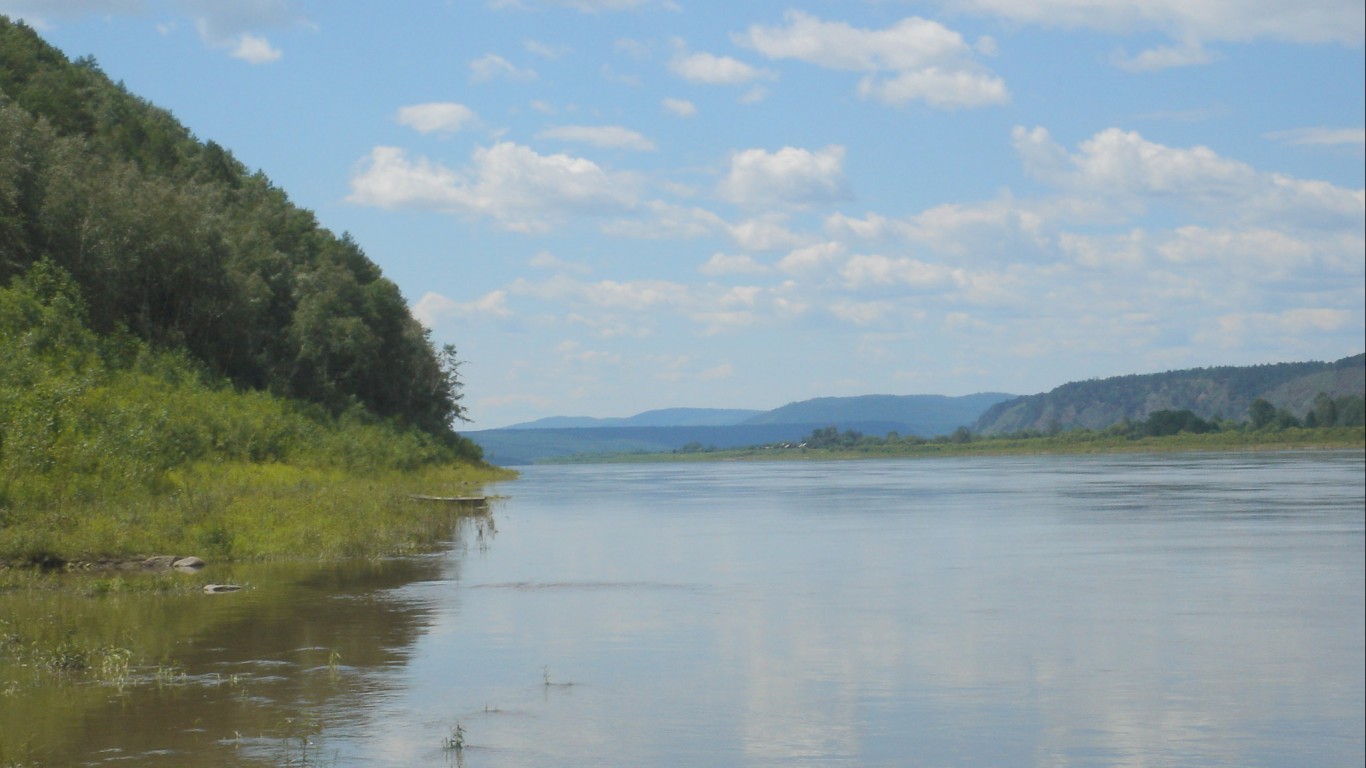
26. Amur River
> Length: 1,755 miles
> Source: Shilka and Argun rivers, Russia
> Outflow: Tatar Strait
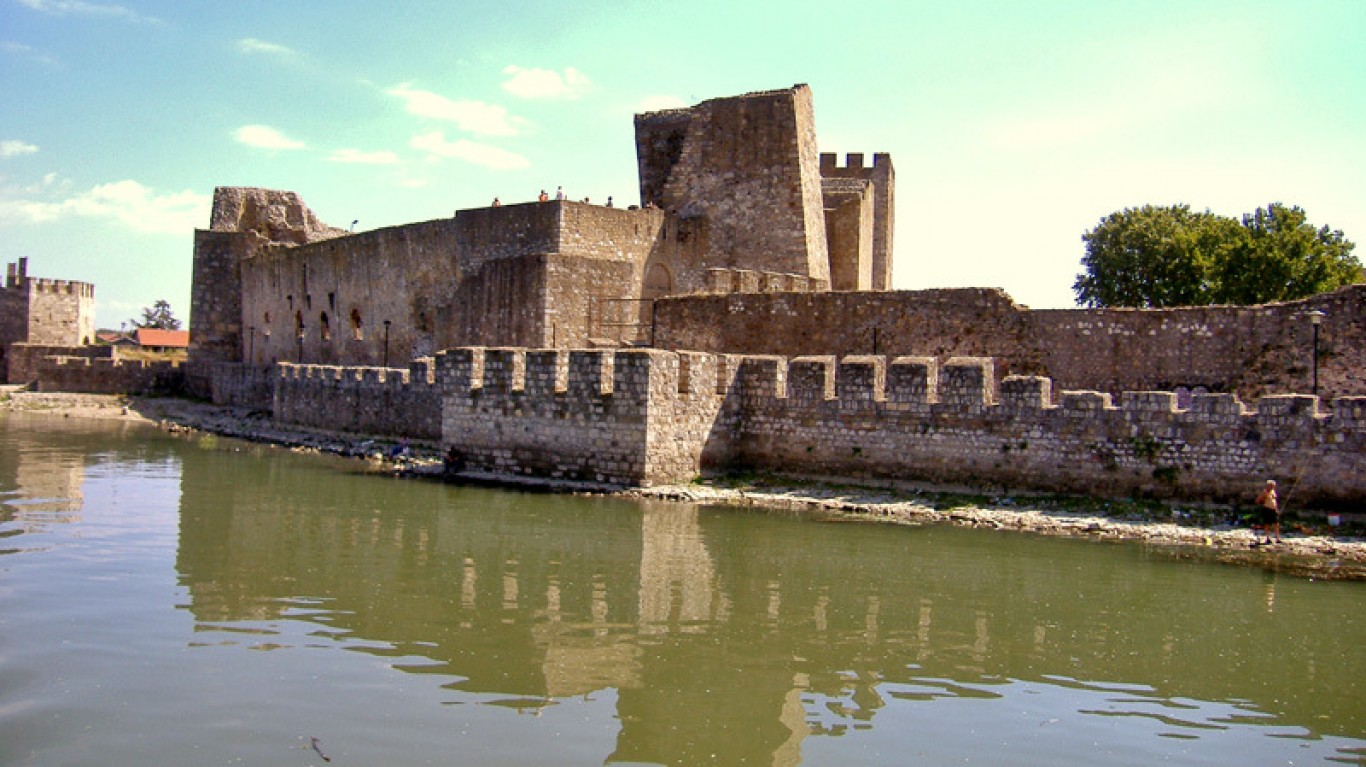
25. Danube River
> Length: 1,770 miles
> Source: Brigach and Breg rivers, Germany
> Outflow: Black Sea
[in-text-ad]
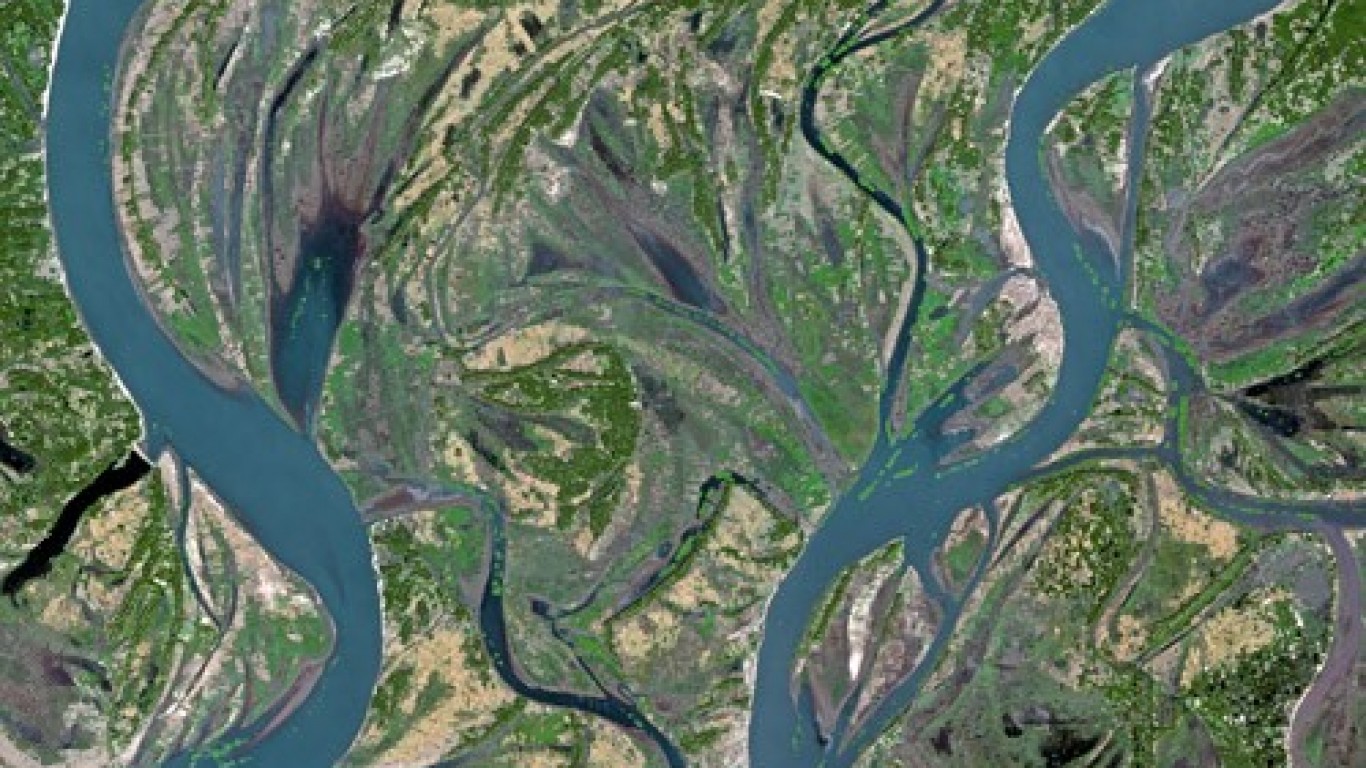
24. Brahmaputra River
> Length: 1,800 miles
> Source: Himalayan Mountains, Tibet
> Outflow: Ganges River, Bangladesh
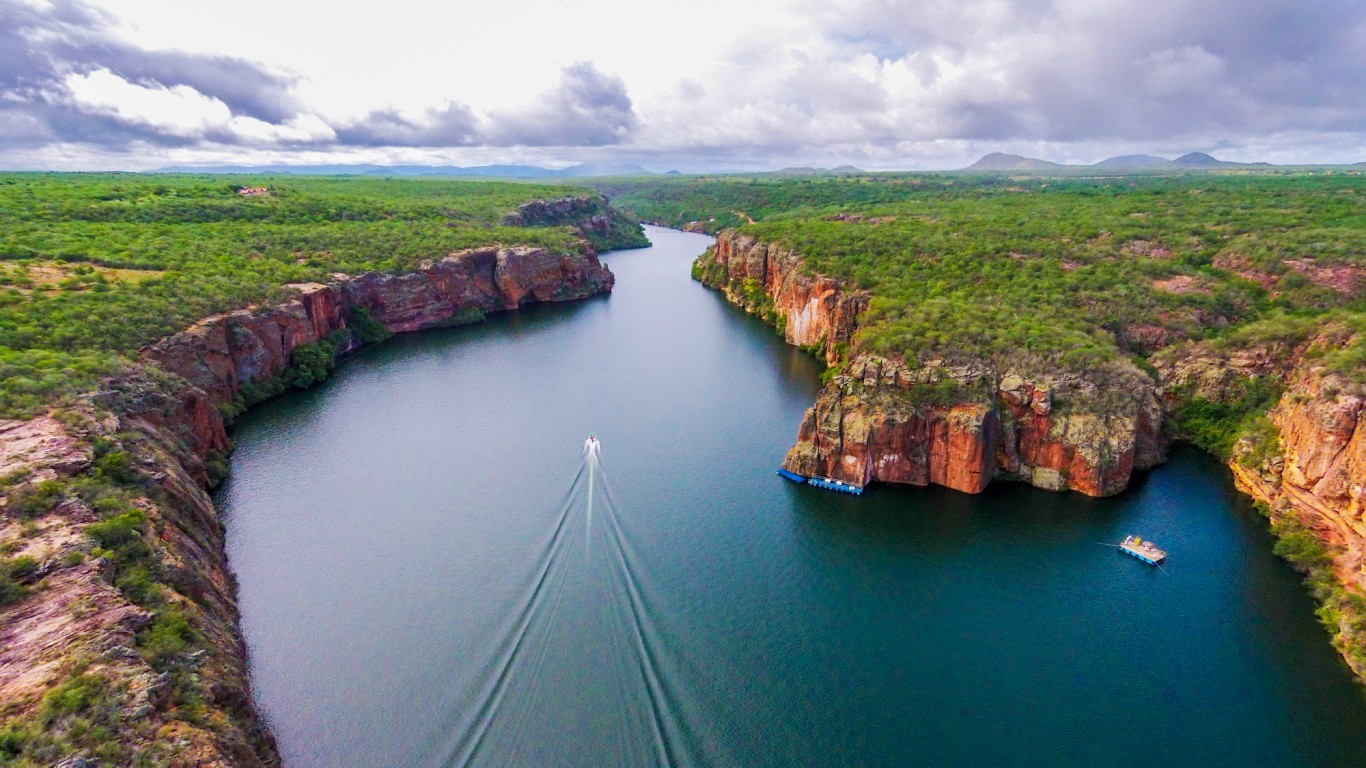
23. São Francisco River
> Length: 1,811 miles
> Source: Canastra Mountains, Brazil
> Outflow: Atlantic Ocean, eastern Brazil
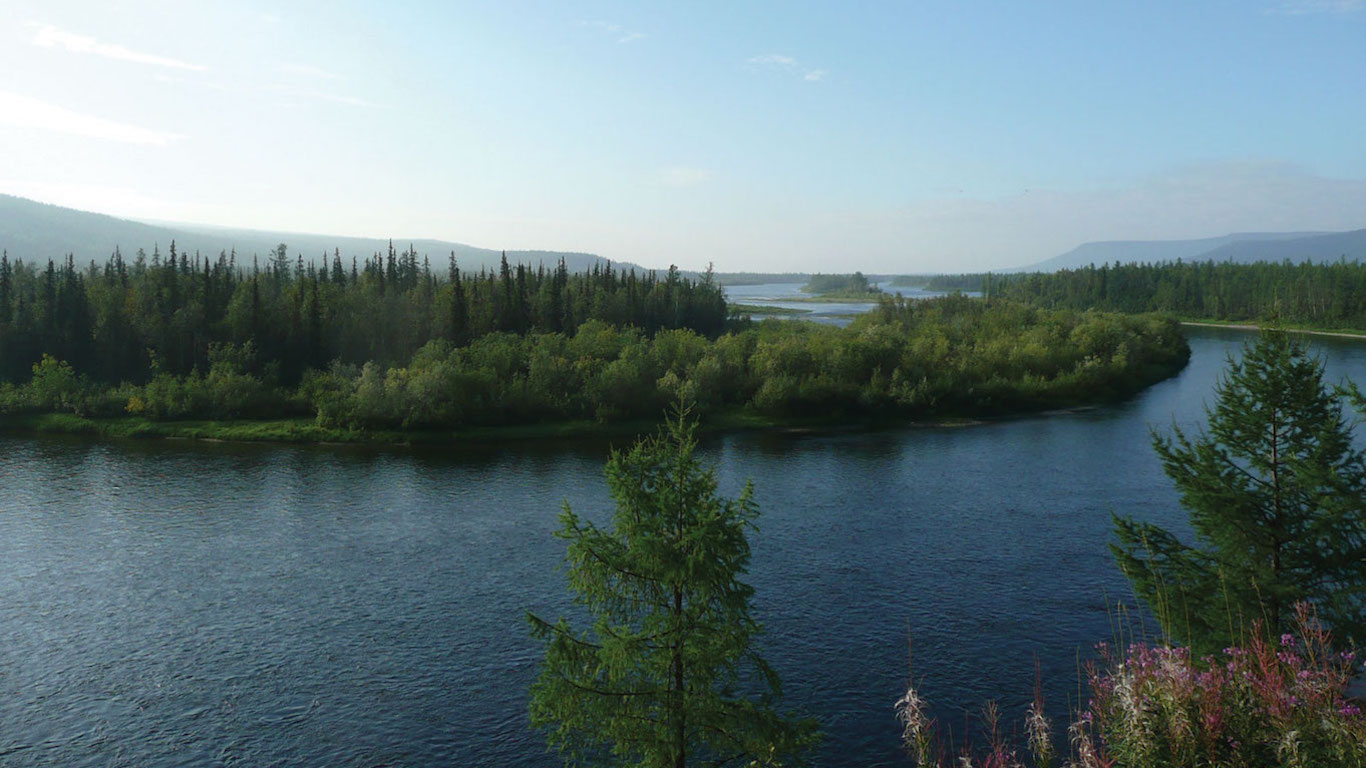
22. Lower Tunguska River
> Length: 1,857 miles
> Source: Central Siberian Plateau, Russia
> Outflow: Yenisey River, Russia
[in-text-ad-2]
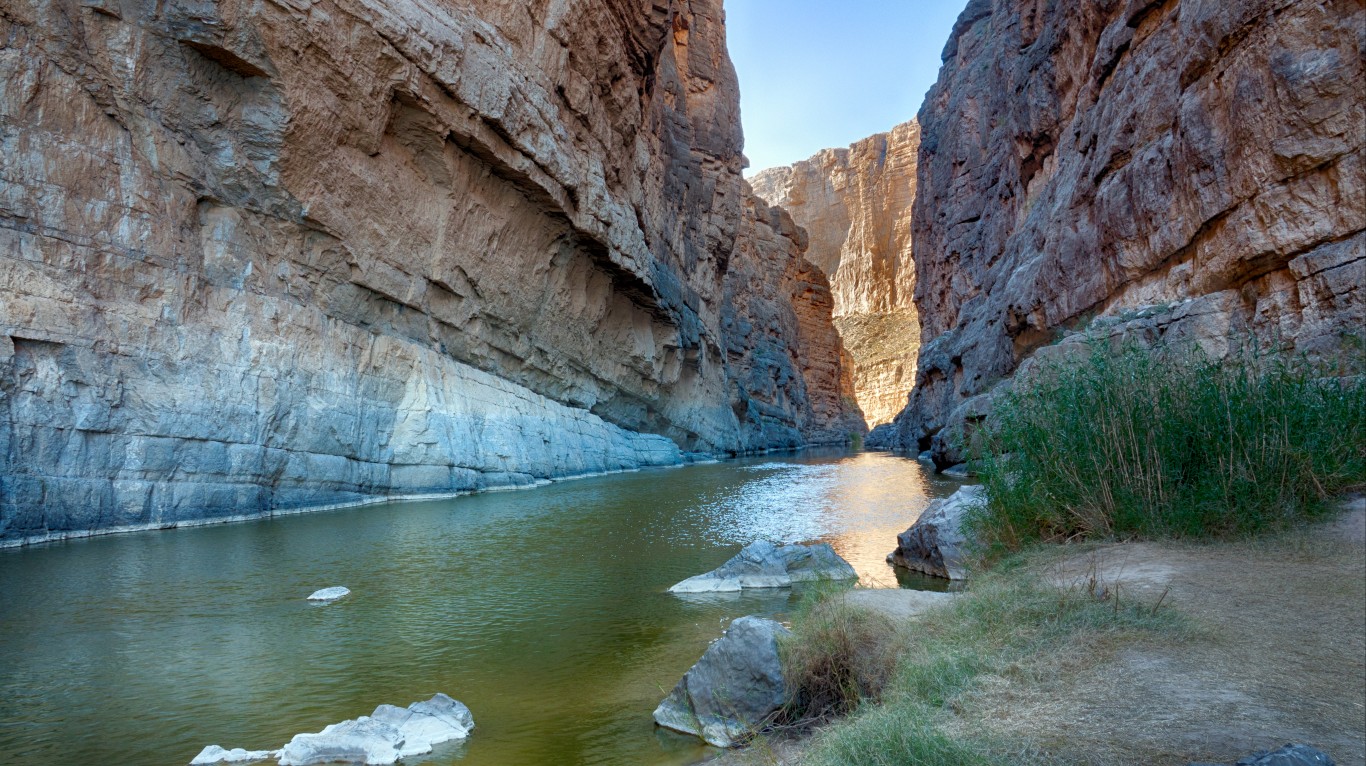
21. Rio Grande River
> Length: 1,900 miles
> Source: San Juan Mountains, Colorado
> Outflow: Gulf of Mexico
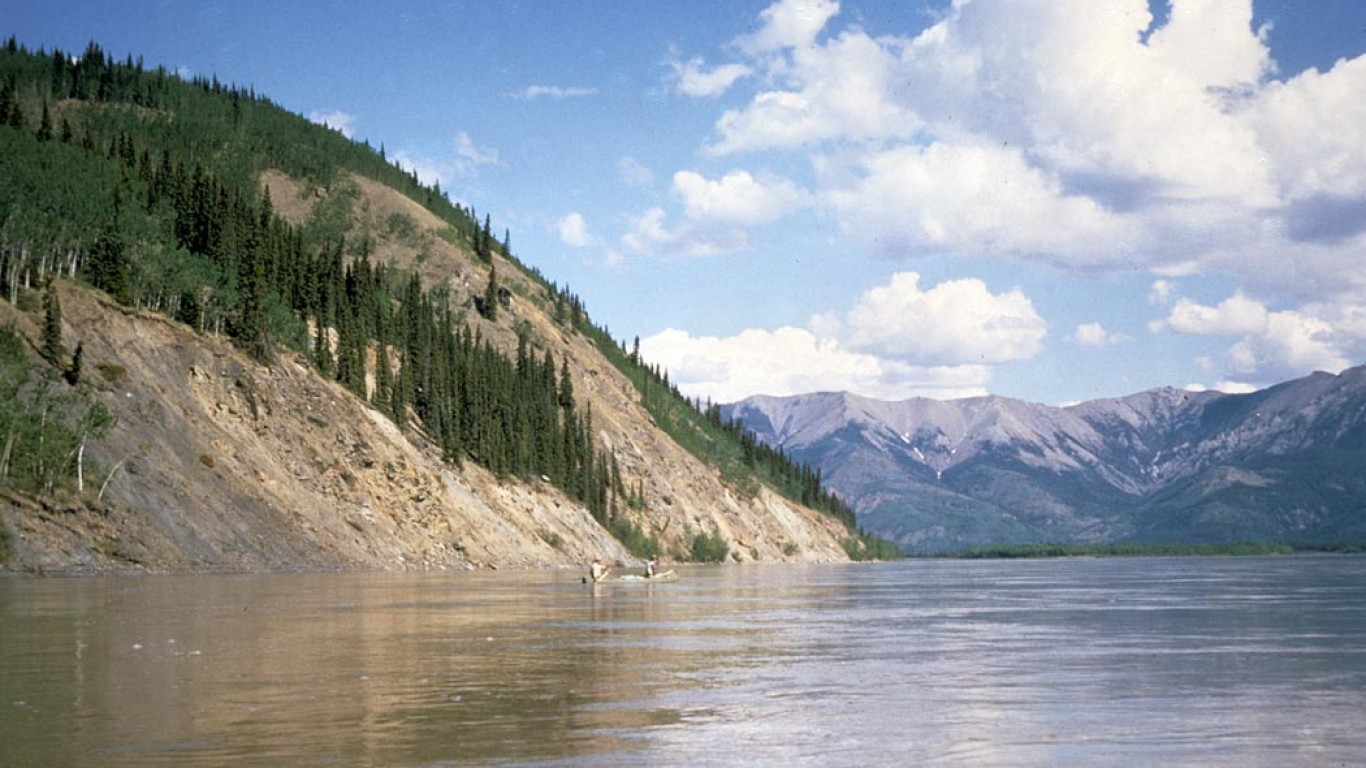
20. Yukon River
> Length: 1,980 miles
> Source: McNeil River, British Columbia, Canada
> Outflow: Bering Sea
[in-text-ad]
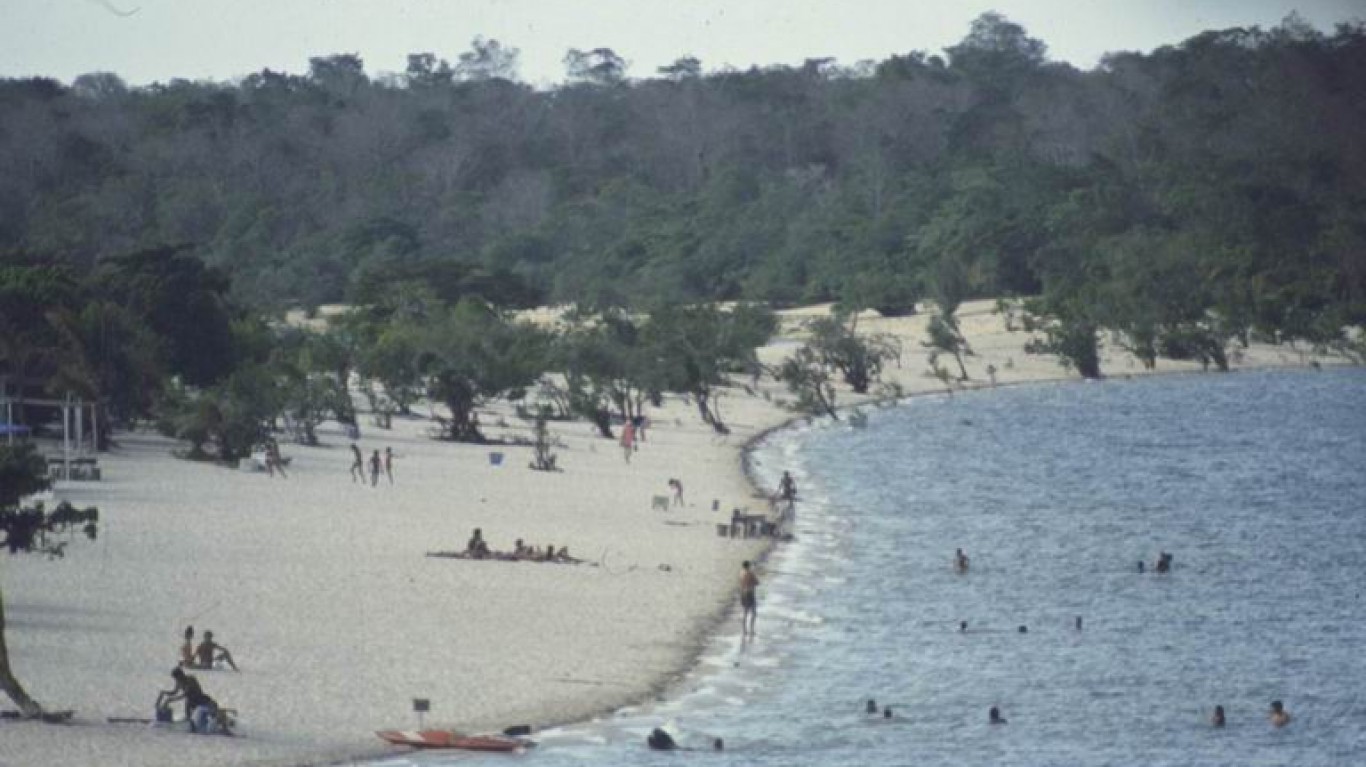
19. Purus River
> Length: 1,995 miles
> Source: Ucalayi Highlands, Peru
> Outflow: Amazon River, northern Brazil
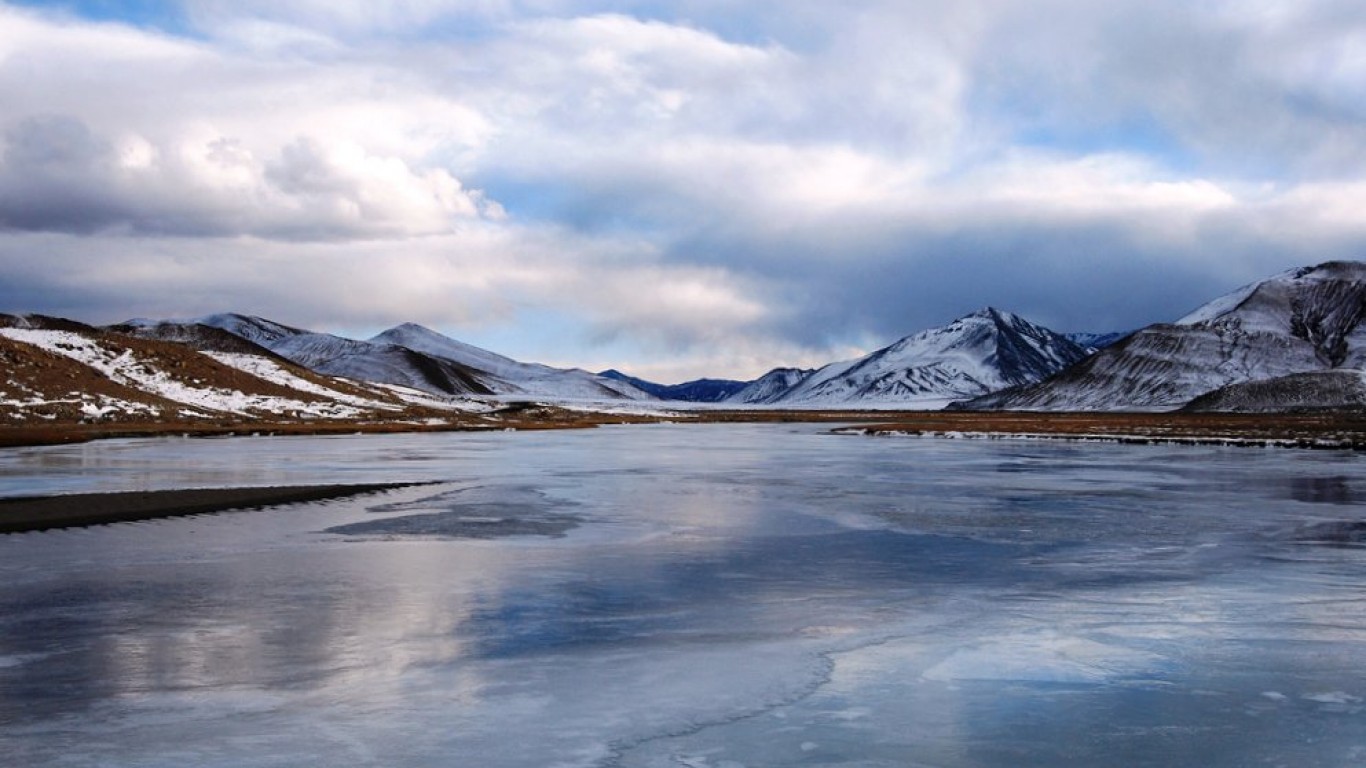
18. Indus River
> Length: 2,000 miles
> Source: Kalish Ranges, Tibet
> Outflow: Arabian Sea, Pakistan
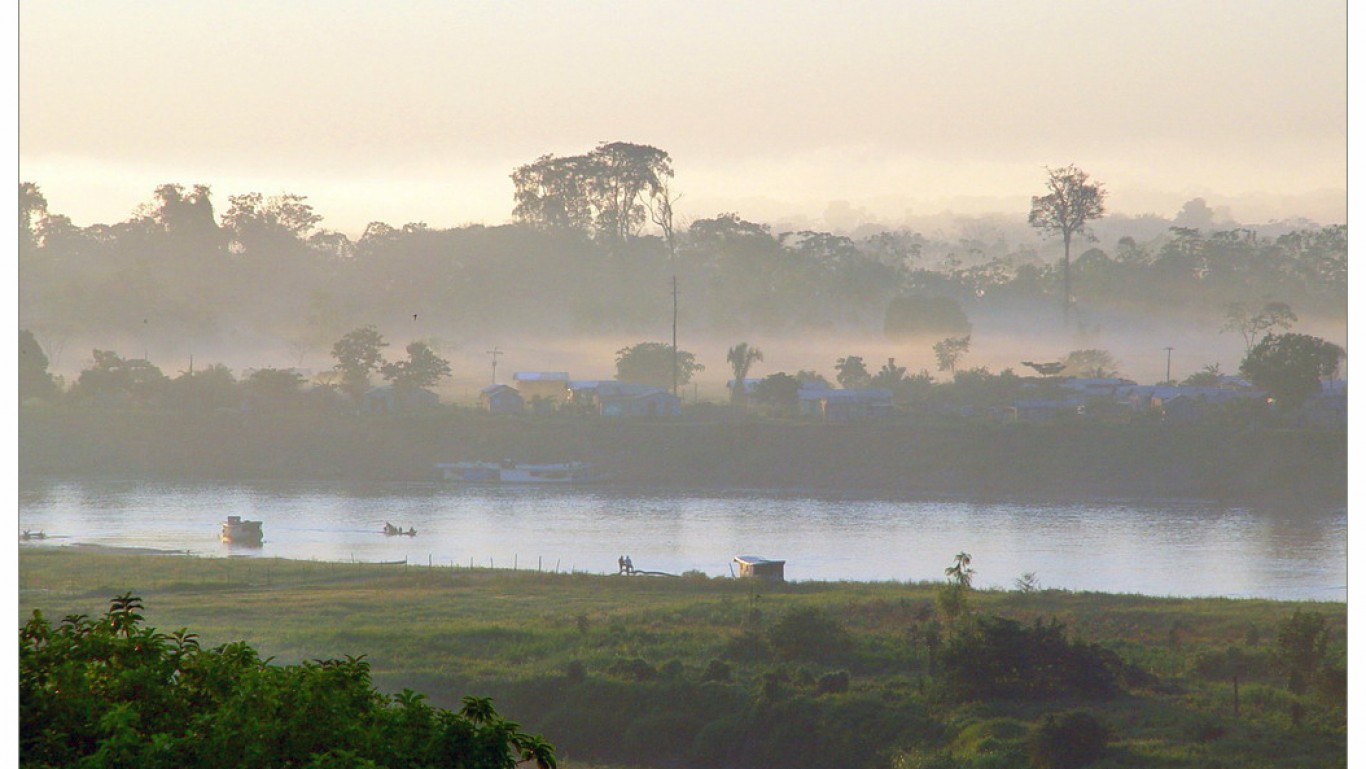
17. Juruá River
> Length: 2,040 miles
> Source: Ucalayi Highlands, Peru
> Outflow: Amazon River, northern Brazil
[in-text-ad-2]

16. Madeira River
> Length: 2,082 miles
> Source: Mamoré and Beni rivers, Bolivia
> Outflow: Amazon River, northern Brazil
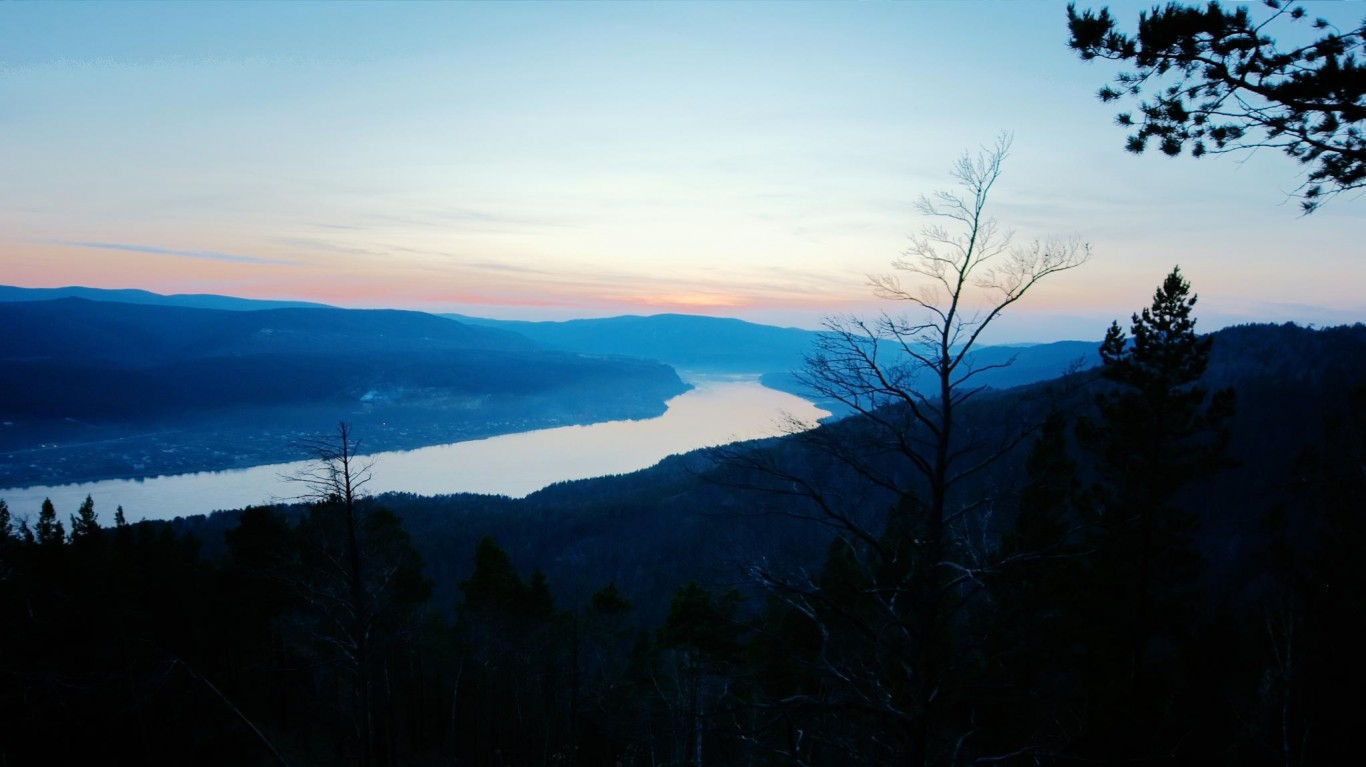
15. Yenisey River
> Length: 2,167 miles
> Source: Kyzyl, Republic of Tyva, Russia
> Outflow: Kara Sea
[in-text-ad]
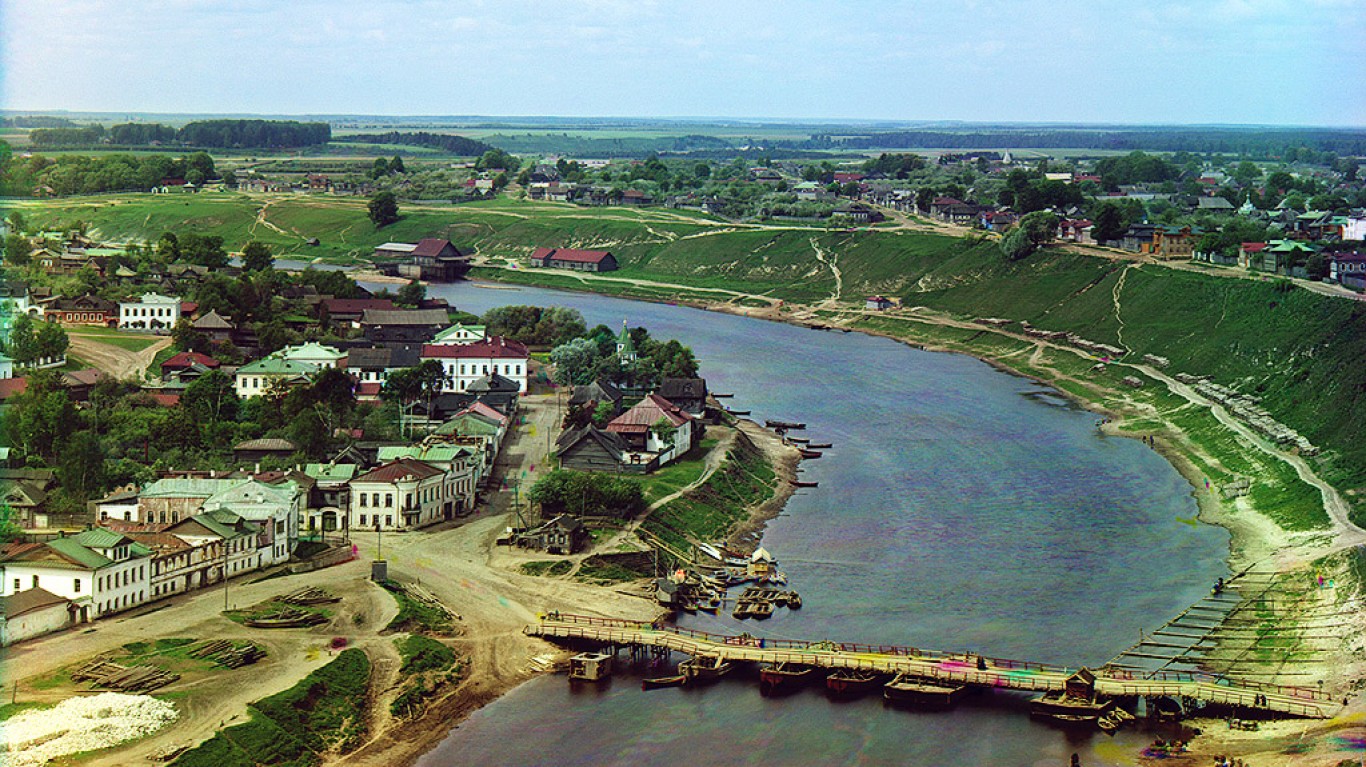
14. Volga River
> Length: 2,193 miles
> Source: Valdi Hills, Russia
> Outflow: Caspian Sea
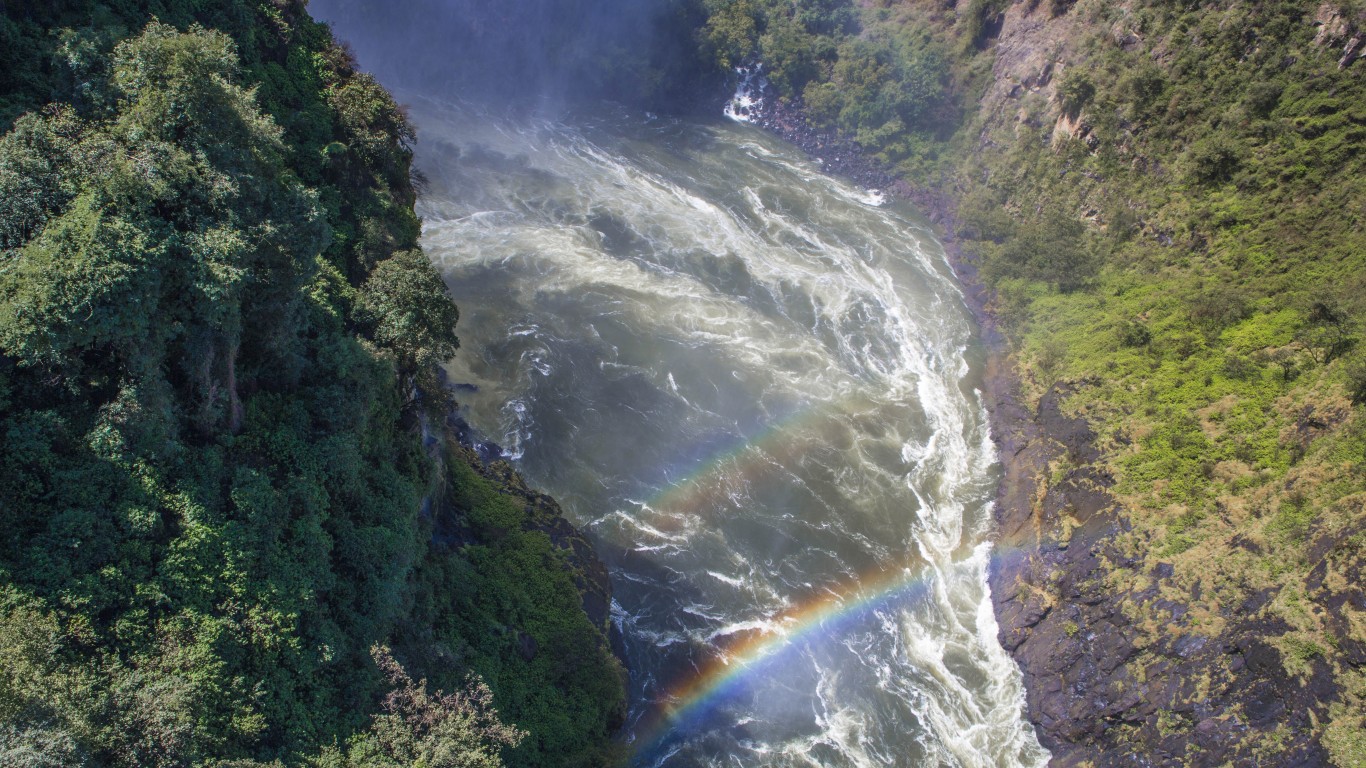
13. Zambezi River
> Length: 2,200 miles
> Source: Mwinilunga District, Zambia
> Outflow: Indian Ocean, Mozambique

12. Ob River
> Length: 2,268 miles
> Source: Biya and Katun rivers, Russia
> Outflow: Kara Sea
[in-text-ad-2]
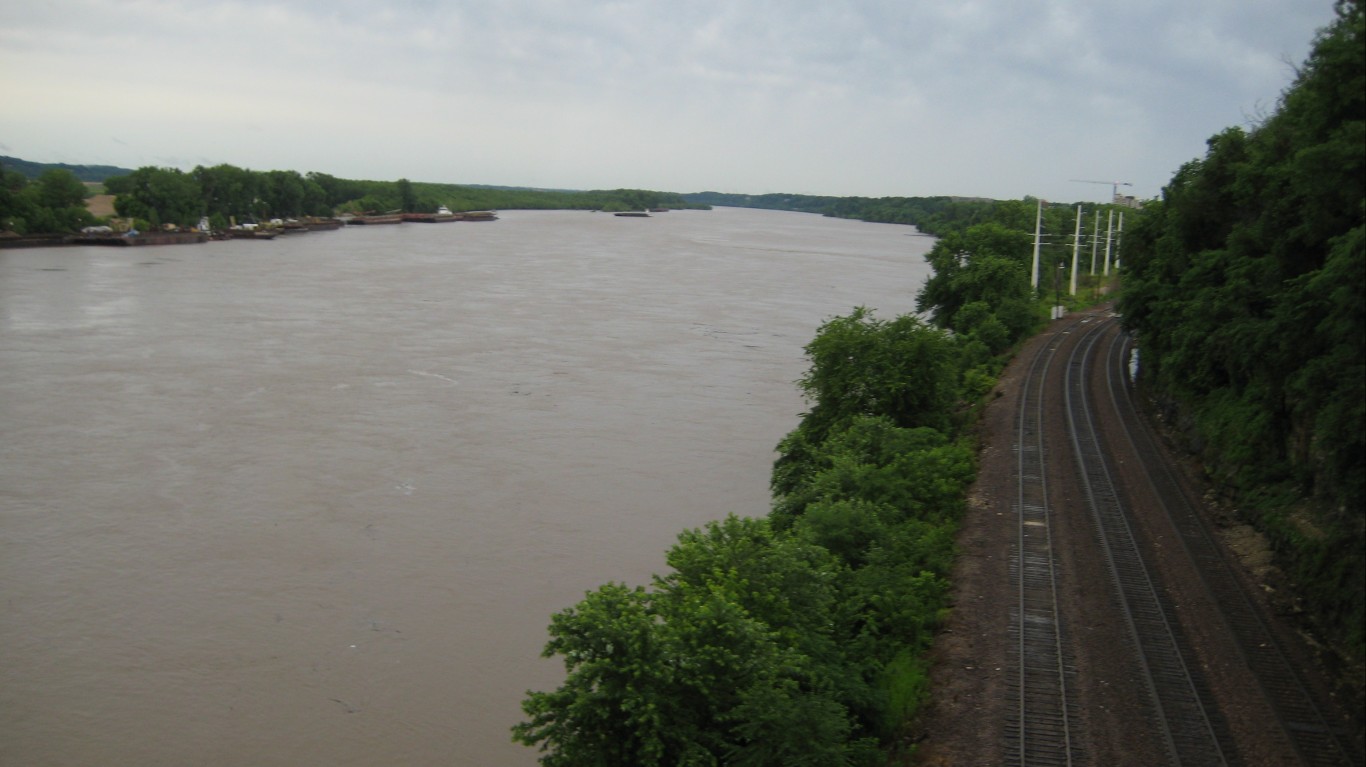
11. Missouri River
> Length: 2,315 miles
> Source: Centennial Mountains, Montana
> Outflow: Spanish Lake, Missouri

10. Mississippi River
> Length: 2,340 miles
> Source: Lake Itasca, Minnesota
> Outflow: Gulf of Mexico
[in-text-ad]
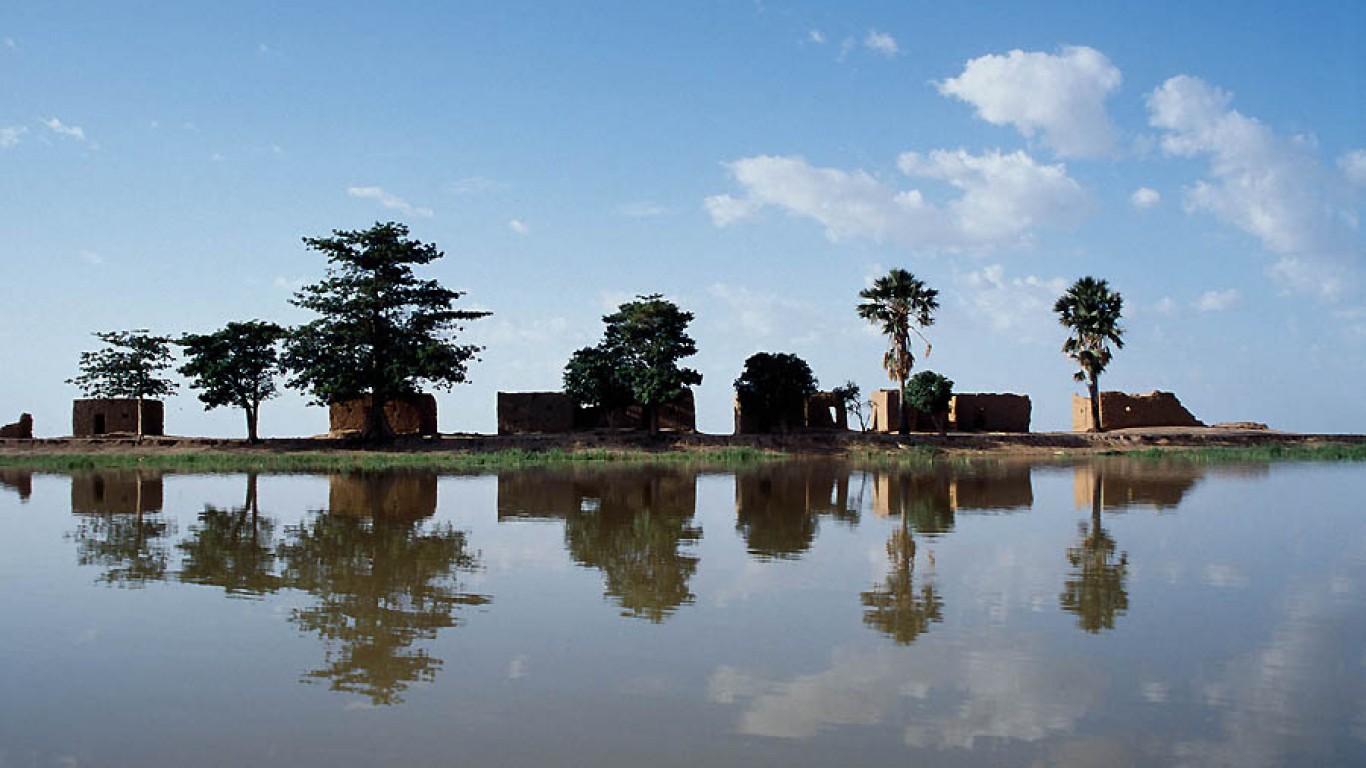
9. Niger River
> Length: 2,600 miles
> Source: Guinea Mountains, Republic of Guinea
> Outflow: Gulf of Guinea
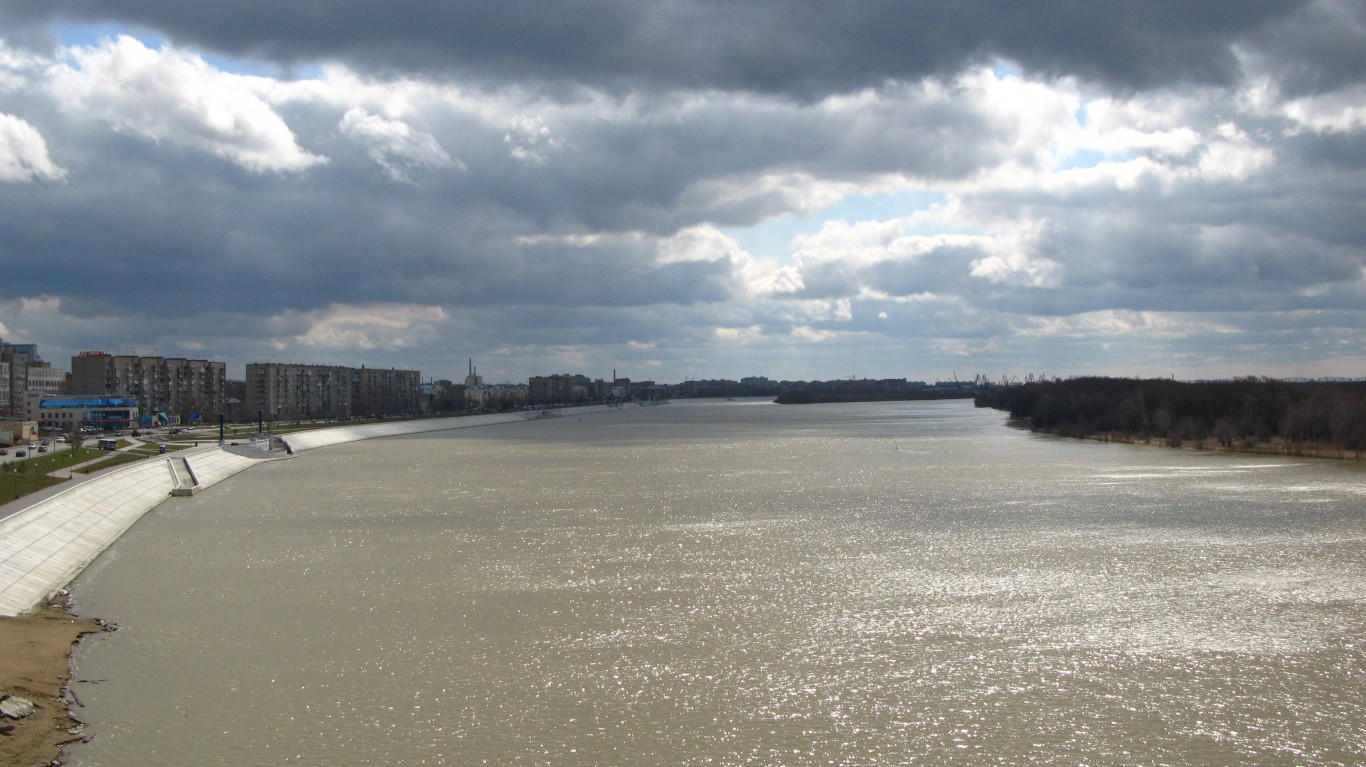
8. Irtysh River
> Length: 2,640 miles
> Source: Altai Mountains, Xinjiang Province, China
> Outflow: Ob River, Russia

7. Mekong River
> Length: 2,700 miles
> Source: Lasagongma Spring, Tibet
> Outflow: South China Sea
[in-text-ad-2]
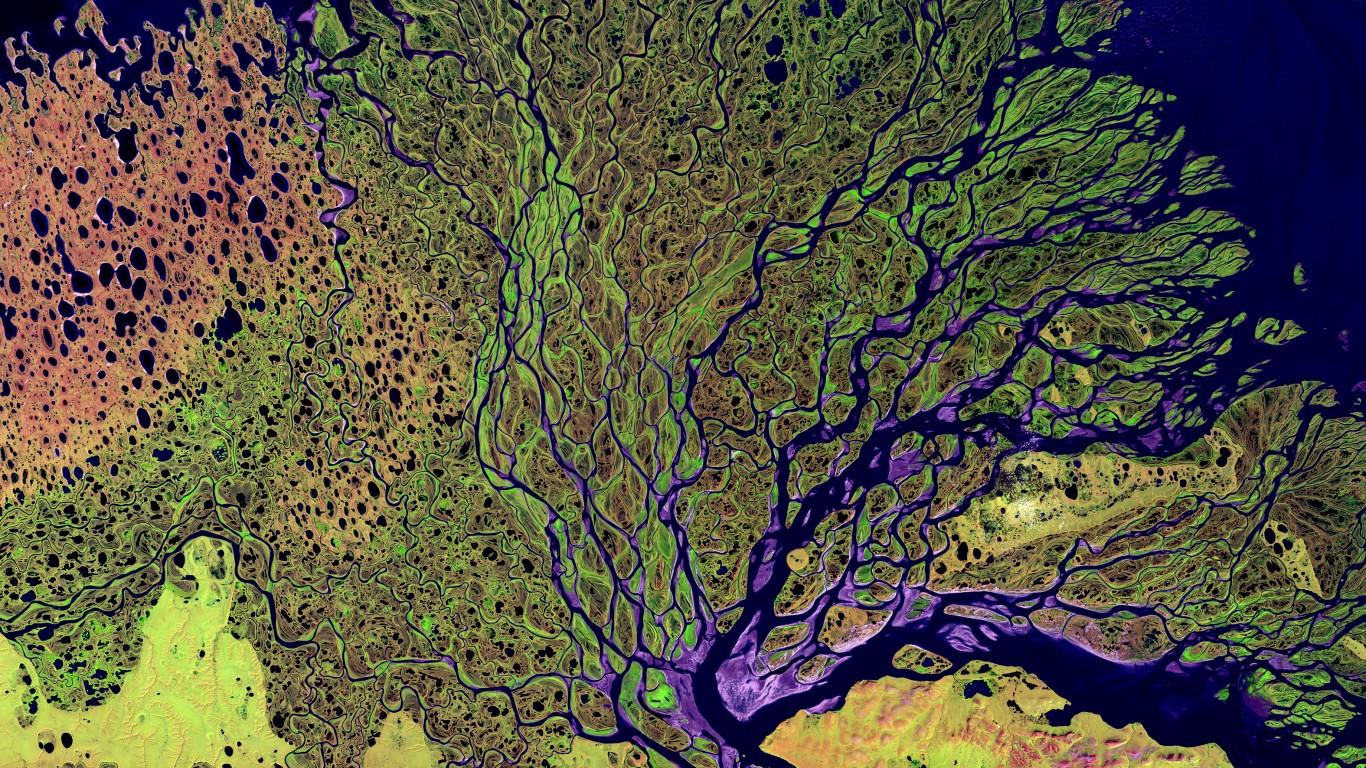
6. Lena River
> Length: 2,734 miles
> Source: Baikal Mountains, Russia
> Outflow: Laptev Sea
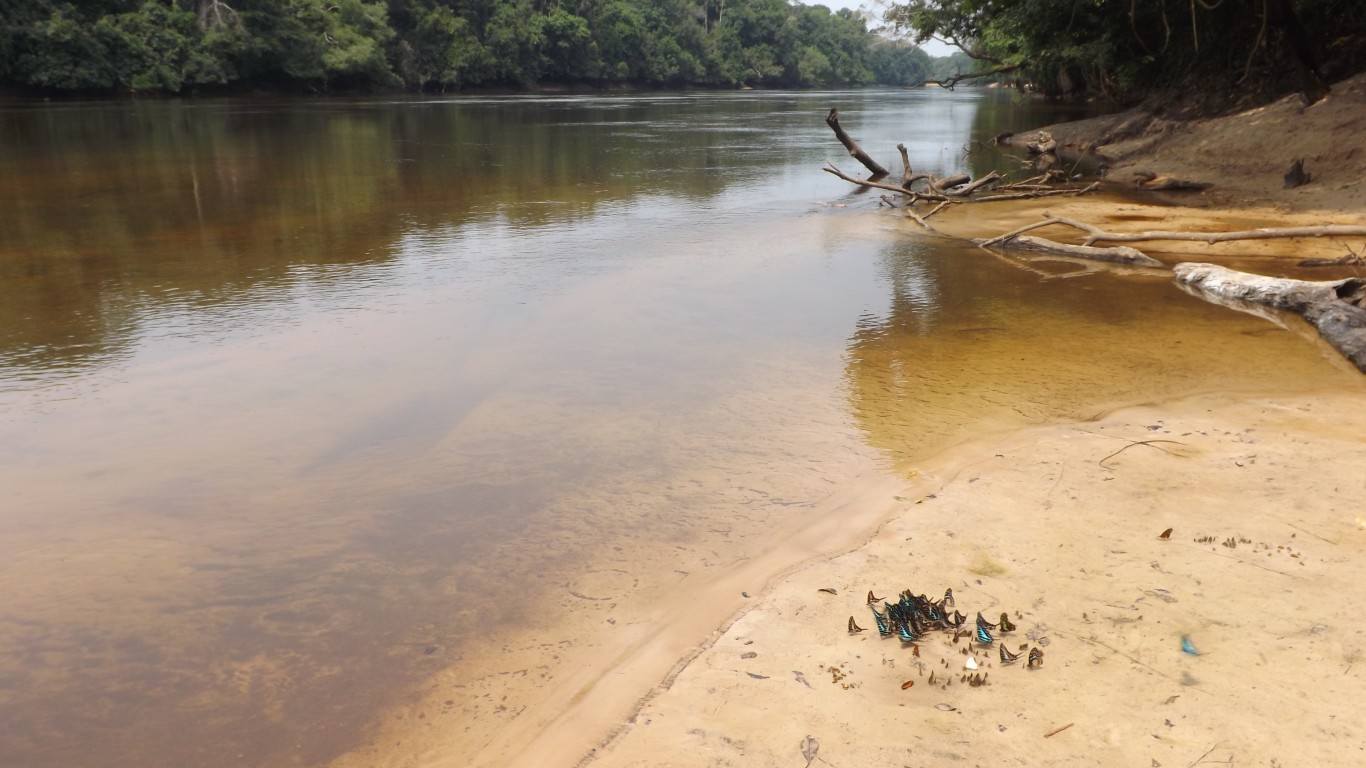
5. Congo River
> Length: 2,900 miles
> Source: Chambeshi River, northeastern Zambia
> Outflow: Atlantic Ocean, Democratic Republic of the Congo
[in-text-ad]
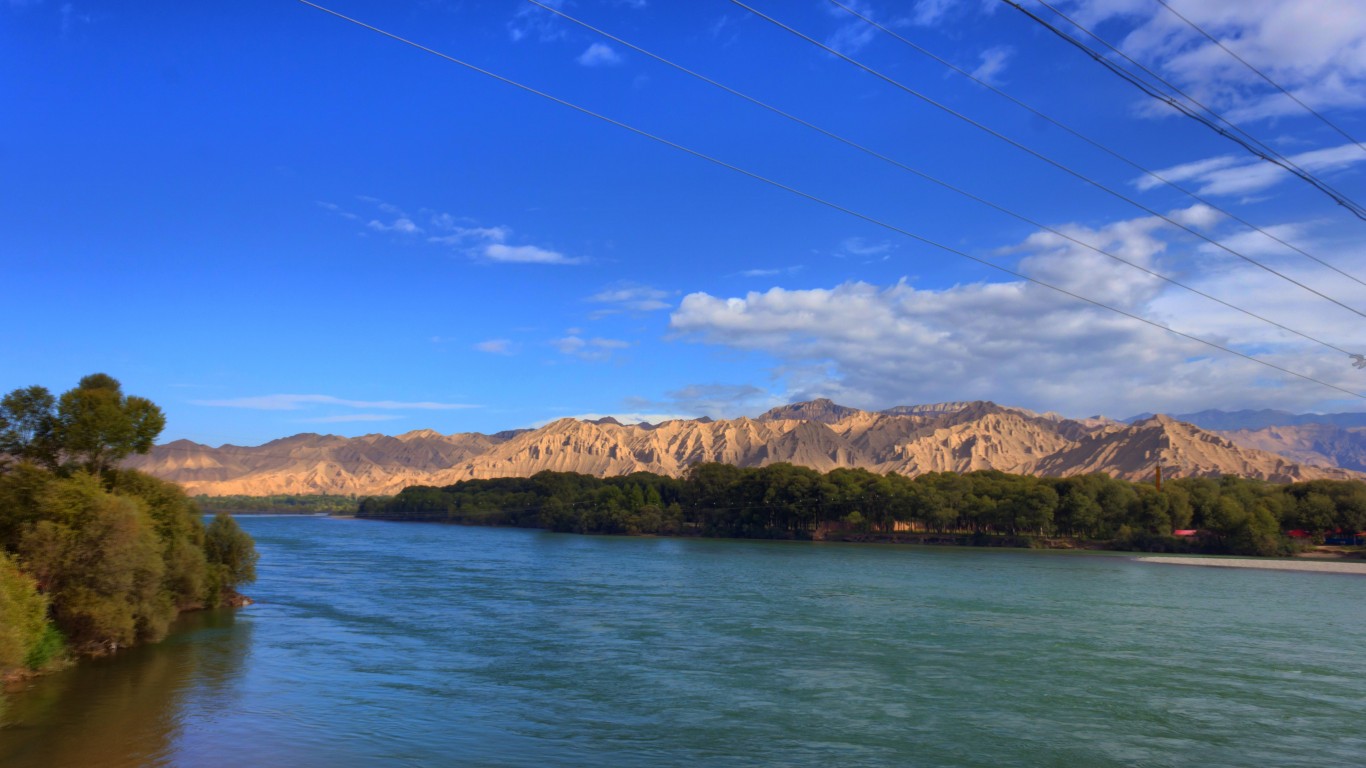
4. Yellow River
> Length: 3,395 miles
> Source: Bayan Har Mountains, Qinghai Province, China
> Outflow: Bohai Sea

3. Yangtze River
> Length: 3,915 miles
> Source: Tanggula Mountains, Tibet
> Outflow: East China Sea

2. Amazon River
> Length: 4,000 miles
> Source: Ucayali-Apurímac river system, Peru
> Outflow: Atlantic Ocean, northeastern Brazil
[in-text-ad-2]
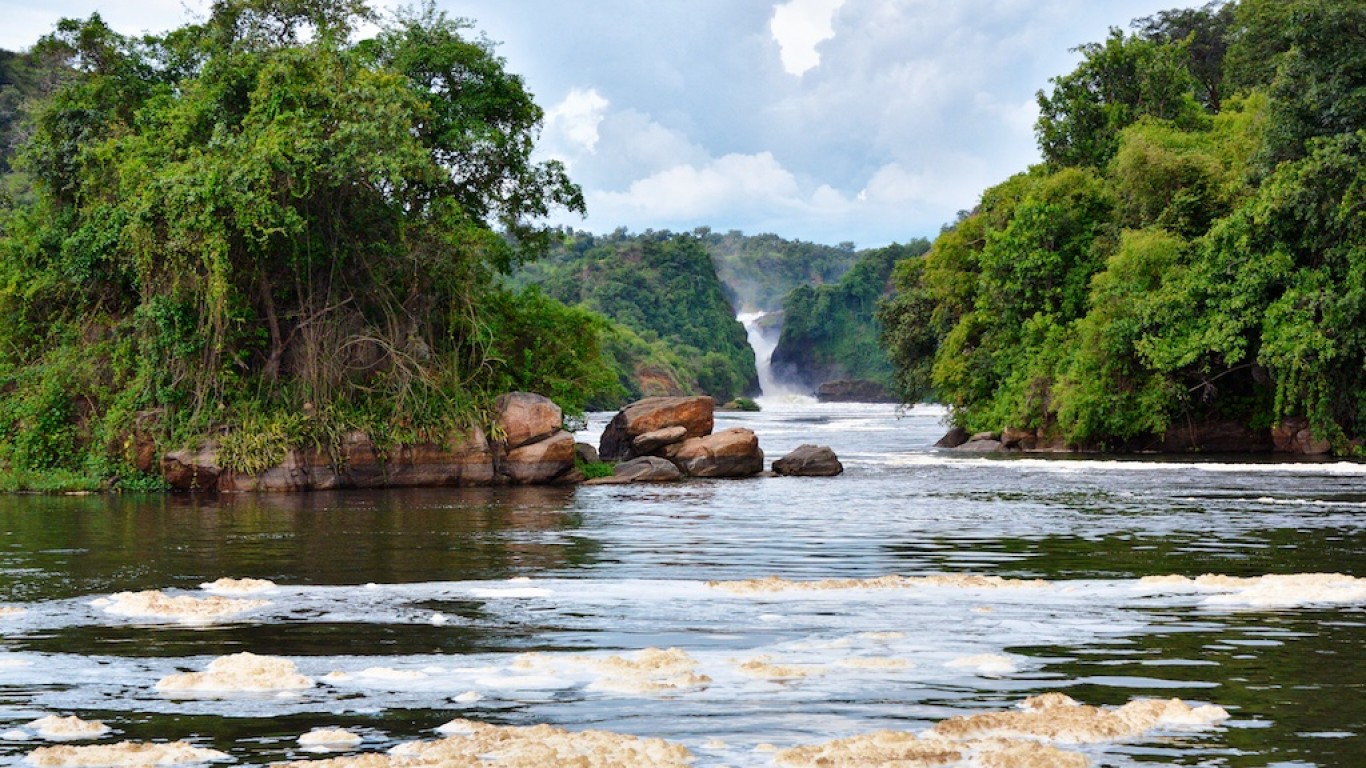
1. Nile River
> Length: 4,132 miles
> Source: Lake Victoria, Uganda
> Outflow: Mediterranean Sea
Detailed Findings
Many of the longest rivers in the world have played important roles in the development of the earliest known civilizations. Historians of ancient Mesopotamia, for example, often credit the fertility of the Tigris and Euphrates river pastures with the advent of agriculture. The steady supply of food allowed nomadic, hunter-gatherer cultures to settle into permanent communities, prompting further societal innovations such as writing and irrigation. Similar technological revolutions occurred in ancient civilizations along the Nile, the Indus River, and the Yellow River — the longest, fourth longest, and 18th longest rivers worldwide.
There has been a longstanding debate among scientists as to whether the Amazon or the Nile is the longest in the world. Various studies have attributed the most distant source of the Amazon to different locations throughout South America, changing the official length of the river. When measuring the Nile from Lake Victoria, Uganda, to the Mediterranean Sea and the Amazon from the headwaters of the Ucayali-Apurímac river system in southern Peru to the Atlantic Ocean, the Nile ranks as the longest river. However, the Amazon is generally agreed to be the largest river by volume and the system that supports the most biodiversity on the planet.
Methodology
To identify the longest rivers in the world, 24/7 Wall St. reviewed various expert sources, primarily the Encyclopædia Britannica. Length was generally defined as the distance from a river’s source to its mouth or confluence with another major river. Locations of a river’s source and mouth also came from various sources.
Credit Card Companies Are Doing Something Nuts
Credit card companies are at war. The biggest issuers are handing out free rewards and benefits to win the best customers.
It’s possible to find cards paying unlimited 1.5%, 2%, and even more today. That’s free money for qualified borrowers, and the type of thing that would be crazy to pass up. Those rewards can add up to thousands of dollars every year in free money, and include other benefits as well.
We’ve assembled some of the best credit cards for users today. Don’t miss these offers because they won’t be this good forever.
Flywheel Publishing has partnered with CardRatings for our coverage of credit card products. Flywheel Publishing and CardRatings may receive a commission from card issuers.
Thank you for reading! Have some feedback for us?
Contact the 24/7 Wall St. editorial team.
 24/7 Wall St.
24/7 Wall St.

